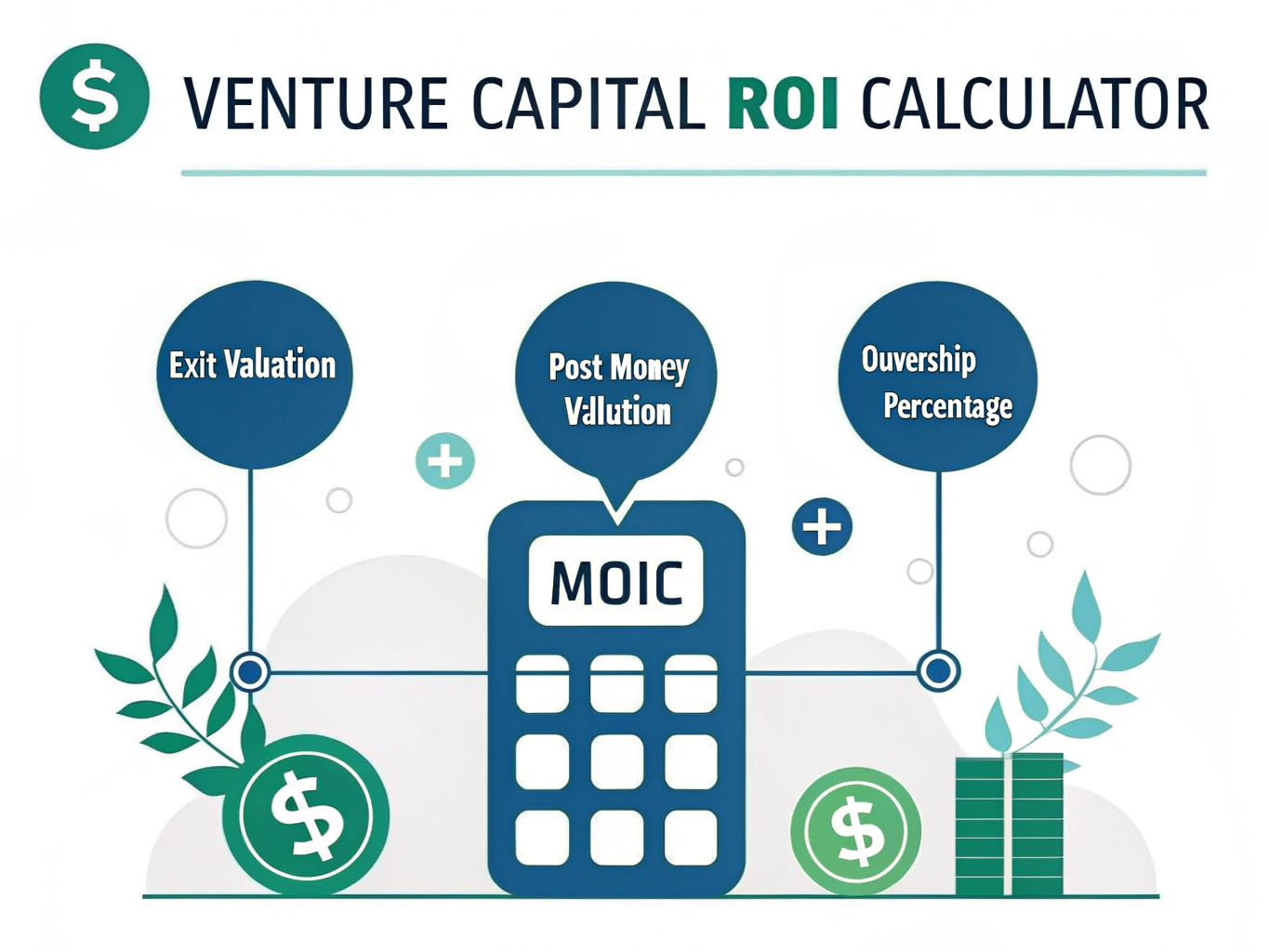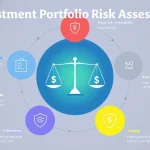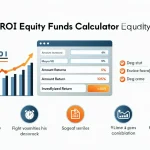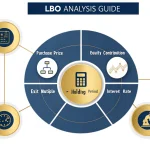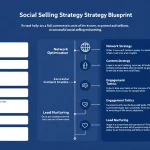Venture Capital ROI Projector
Is this tool helpful?
How to Use the Venture Capital ROI Projector Effectively
This calculator helps you understand the potential return on your venture capital investment by estimating your Multiple on Invested Capital (MOIC). To get accurate results, fill in all the fields with relevant numbers. Here’s how:
- Exit Valuation ($): Enter the expected selling value of the company at exit. For example, if you expect the company to be worth $30 million, input 30000000. Or you might try $75 million by entering 75000000.
- Post-Money Valuation ($): Enter the company valuation immediately after your investment. For instance, input 15000000 if the company’s post-money valuation is $15 million, or use $25 million with 25000000.
- Ownership Percentage (%): Enter your equity stake as a percentage. For example, if you hold 18% ownership, input 18. Alternatively, try 30% by entering 30.
The calculator will display your MOIC as a multiple (like 3.2x), showing the gross returns your investment could generate based on these inputs.
What Is the Venture Capital ROI Projector and Why Use It?
The Venture Capital ROI Projector is a practical online tool designed for venture capitalists, angel investors, and startup founders to estimate the potential financial outcome of their investments. It calculates the Multiple on Invested Capital (MOIC), which measures your investment’s gross return before fees or expenses. MOIC helps you evaluate whether an opportunity meets your return expectations.
By using this tool, you can:
- Quickly assess potential investment returns
- Compare different investment options to choose the best fit
- Communicate clear financial expectations to partners and stakeholders
- Plan your investment portfolio with data-driven insight
Mathematical Formula Behind the Calculator
The MOIC is calculated using this formula:
$$ MOIC = \frac{Exit\;Valuation}{Post\text{-}Money\;Valuation} \times \frac{Ownership\;Percentage}{100} $$Where:
- Exit Valuation: The projected company value at the time of exit, such as IPO or acquisition.
- Post-Money Valuation: The valuation of the company immediately after you invest.
- Ownership Percentage: Your ownership stake in the company expressed as a percent.
Example Calculations Using the Venture Capital ROI Projector
Example 1: Seed Stage Investment
You invest $1 million for 10% ownership, with a post-money valuation of $10 million. If the exit valuation is projected at $40 million, then:
$$ MOIC = \frac{40,000,000}{10,000,000} \times 0.10 = 0.40x $$This means your investment returns 0.4 times the original amount, indicating a loss if achieved.
Example 2: Series A Investment
You invest $3 million at a post-money valuation of $20 million and own 15%. If the exit valuation is estimated at $100 million, calculation results in:
$$ MOIC = \frac{100,000,000}{20,000,000} \times 0.15 = 0.75x $$This reflects a return below your invested capital, a warning sign prompting re-evaluation of risk and assumptions.
Benefits of Using the Venture Capital ROI Projector Tool
1. Make Informed Investment Decisions
- Evaluate potential returns quickly without complex calculations
- Compare several deals easily to prioritize high-return opportunities
- Plan your portfolio mix to balance risk and reward
2. Communicate Effectively with Stakeholders
- Provide partners and investors with a transparent view of expected returns
- Align expectations between investors and founders
- Create clear investment reports for committees and decision-makers
3. Assess Investment Risks
- Analyze exit valuation targets required for desired returns
- Model scenarios with varying exit multipliers and ownership stakes
- Understand dilution’s impact on your eventual returns
Real-World Applications of the Venture Capital ROI Projector
Portfolio Management for Venture Capital Firms
Use the calculator to balance risks and returns across investments, set minimum return thresholds for new deals, and track performance over time.
Startup Fundraising
Founders leverage the tool to justify valuation requests, showcase potential investor returns, and create realistic investment scenarios.
Exit Planning and Negotiation
Both investors and entrepreneurs use MOIC calculations to decide on optimal exit timing, set realistic valuation goals, and negotiate acquisition terms with data in hand.
Frequently Asked Questions About MOIC and Venture Capital ROI
What is a good MOIC for venture capital investments?
Early-stage venture capital investments typically target 10x or greater returns, while later-stage deals often aim for 3x to 5x multiples.
How does MOIC differ from IRR?
MOIC measures total multiples on your investment regardless of time, whereas Internal Rate of Return (IRR) factors in timing and time value of money. Both metrics provide important insights when evaluated together.
Should I factor in dilution when calculating MOIC?
Yes, future funding rounds can dilute your ownership. Adjust the ownership percentage accordingly to model dilution and get accurate projections.
Can MOIC be used to compare different investments?
Yes, MOIC offers a straightforward way to compare gross returns. However, pair it with risk analyses and IRR calculations for a comprehensive investment view.
How often should I update my MOIC projections?
Update your projections regularly after significant events such as fundraising rounds, company milestones, or market changes affecting exit valuations.
What factors most influence exit valuations?
Exit values depend on market trends, company growth, industry comparisons, strategic fit for acquirers, and broader economic conditions.
Advanced Usage Tips for the Venture Capital ROI Projector
Scenario Analysis
Use the calculator to create multiple projections:
- Conservative Scenario: Lower exit valuations reflecting cautious market outlooks
- Base Scenario: Expected outcomes based on current data and trends
- Optimistic Scenario: Higher exit valuations assuming strong performance and market growth
Strategic Portfolio Planning
You can implement this tool to:
- Determine appropriate investment sizes based on target returns
- Balance early-stage and growth-stage investments for risk diversification
- Plan follow-on investments to increase ownership where most valuable
Important Disclaimer
The calculations, results, and content provided by our tools are not guaranteed to be accurate, complete, or reliable. Users are responsible for verifying and interpreting the results. Our content and tools may contain errors, biases, or inconsistencies. Do not enter personal data, sensitive information, or personally identifiable information in our web forms or tools. Such data entry violates our terms of service and may result in unauthorized disclosure to third parties. We reserve the right to save inputs and outputs from our tools for the purposes of error debugging, bias identification, and performance improvement. External companies providing AI models used in our tools may also save and process data in accordance with their own policies. By using our tools, you consent to this data collection and processing. We reserve the right to limit the usage of our tools based on current usability factors.
